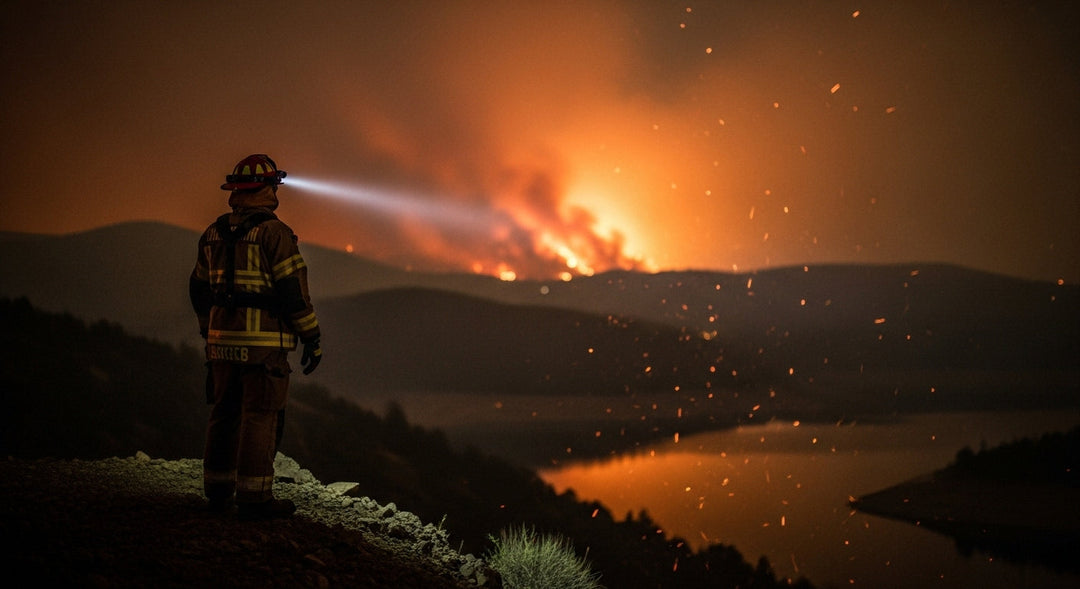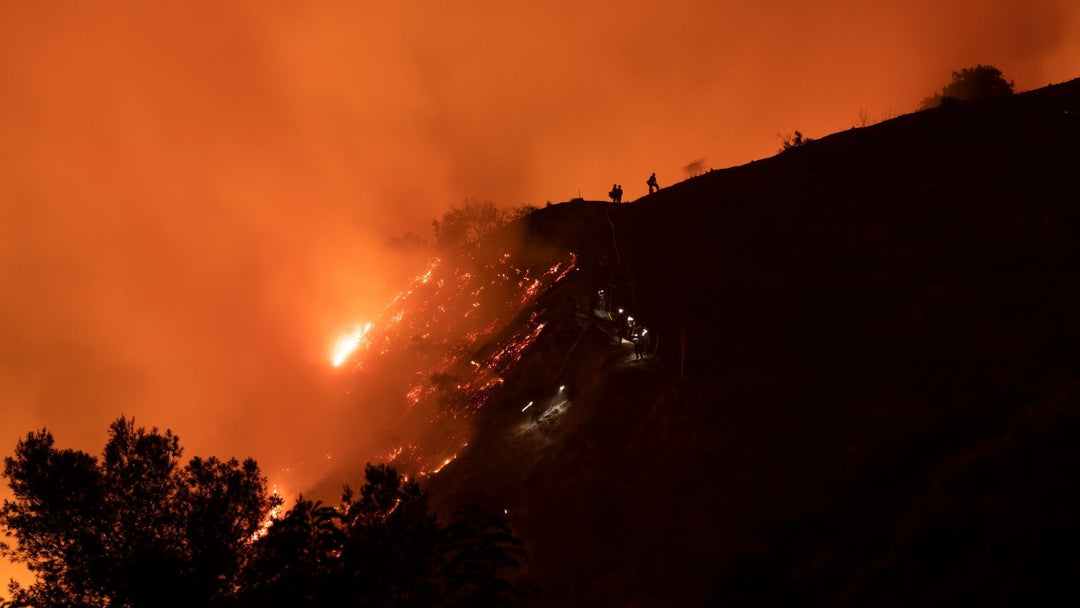Navigating the Transition: From Clean Tech 1.0 to Climate Tech 2.0

The journey from Clean Tech 1.0 to Climate Tech 2.0 embodies a pivotal shift in how investments are allocated to technologies to combat climate change. Despite its aspirations, Clean Tech 1.0 faced significant hurdles initially, including technological limitations, insufficient market demand, and a lack of supportive infrastructure. From 2006 to 2011, this era was characterized by a surge in enthusiasm for renewable energy sources, such as solar and wind power, but was ultimately tempered by high capital costs and market immaturity.
The Diverse Landscape of Climate Tech 2.0
Climate Tech 2.0 signals a new era characterized by robust investment flows, a more comprehensive array of technological innovations, and a significantly more receptive market environment. A heightened global awareness of climate change underpins this transition. This awareness has translated into a compelling narrative for the public and private sectors, galvanizing a wave of investments in climate technologies.
The landscape of Climate Tech 2.0 is diverse, spanning beyond traditional renewable energy to include breakthroughs in energy storage, carbon capture and storage (CCS), electric vehicles (EVs), and smart grids. These technologies are critical to achieving net-zero emissions, a goal that has been embraced by governments and corporations worldwide. The Paris Agreement, for instance, has played a significant role in setting global emissions targets, thereby creating a regulatory framework that encourages investment in climate technologies.
Climate Tech 2.0 also benefits from advancements in digital technology, such as artificial intelligence (AI) and the Internet of Things (IoT), which can optimize energy use and reduce emissions across multiple sectors. For example, AI can enhance the efficiency of renewable energy production and consumption, while IoT devices can facilitate the management of energy systems in real-time, reducing waste and improving grid stability.
The Emergence of Green Finance and Changing Consumer Attitudes
The financial landscape has also evolved, with more funding mechanisms now available to support climate tech ventures. This includes venture capital, corporate investments, green bonds, and government grants and subsidies. The financial sector has recognized climate technologies' long-term value and growth potential, leading to a more supportive investment ecosystem. This is further evidenced by the emergence of green finance as a significant trend, with investors increasingly considering environmental, social, and governance (ESG) criteria when making investment decisions.
Consumer attitudes towards climate change and sustainability have also shifted significantly, driving demand for green technologies and sustainable practices. This consumer-driven demand has encouraged companies across various industries to adopt greener practices and invest in climate technologies, further propelling the growth of Climate Tech 2.0.
Innovation, Investment, and Collaboration
The transition from Clean Tech 1.0 to Climate Tech 2.0 represents a significant evolution in investing in technologies to combat climate change. With increased awareness, improved technologies, supportive financial mechanisms, and regulatory frameworks, Climate Tech 2.0 offers new opportunities for investors and promises substantial environmental benefits.
However, realizing these benefits will require continued innovation, investment, and collaborative efforts across all sectors of society. Collaboration across governments, industries, and the financial sector will be crucial to overcoming these challenges and ensuring that Climate Tech 2.0 delivers on its promise to mitigate climate change effectively.










